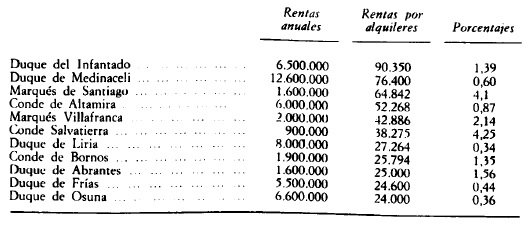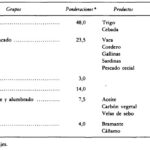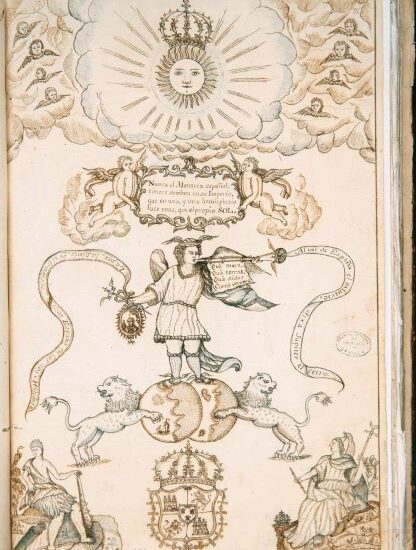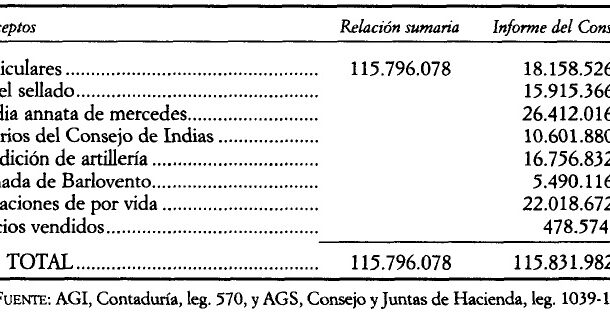
The inflation and deflation of prices in Europe during the 16th and 17th centuries has been one of the topics that has attracted the attention of economic historians. The importance of Castile la Nueva is due to the fact that it has more or less complete series covering a period of 200 years. On the other hand, the degree of integration of Spanish markets in the 16th and 16th centuries was probably very low. The selection is based on three considerations, trying to preserve homogeneity with the composition of the whole; fourteen products representative of what can be called the average worker’s shopping basket have been superimposed. In this sense, the meat and fish group is reduced to beef and lamb, with a weighting of 11.75 for each of these two; groups three and four also remain unchanged. However, the problem arises in the period 1601-1650 when no prices are found for three of the products in the sample: beef, sardines and cheese.
Collection: Statistics
Project: 9. Travels and travelers: economic, social and cultural connections.
Chronology: XVI, XVII
Scope: Secondary Education, Baccalaureate, University
Resource type: Statistics
Format: Table
Source: Martín Aceña, Pablo, «Los precios en Europa durante los siglos XVI y XVII: estudio comparativo», Revista de Historia Económica, Journal of Iberian and Latin American Economic History, 10, 3 (1992), pp. 359–395.
Language: Spanish
Date: 1992
Owner: Álvaro Romero González (Modernalia)
Copyright: ©Pablo Martín Aceña © Revista de Historia Económica
Abstract: Goods and products of the basket of essential items in Castilla la Nueva during the 16th and 17th centuries
Image
Tags







